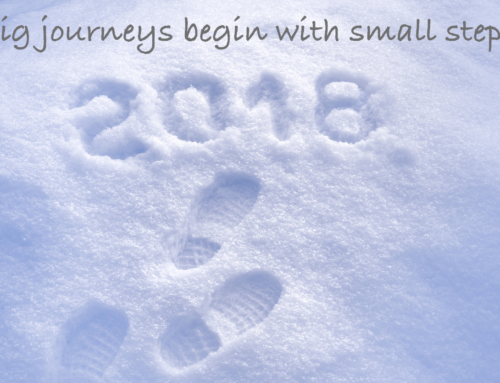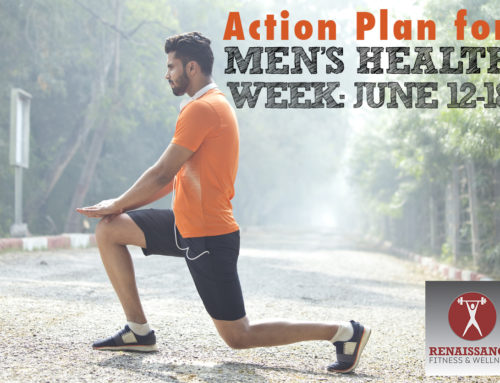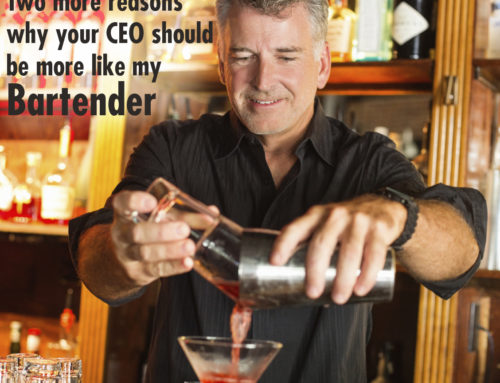My office sports two large bookcases filled with books about exercise and nutrition. One of my favorite books has everything to do with eating and nothing  to do with dieting. “Mindless Eating: Why We Eat More Than We Think,” penned by Dr. Brian Wansink, Ph.D., is a blockbuster that examines how and why we make 200 food-related decisions a day, 90% of which are unconscious. So is it any wonder that most Americans don’t choose wisely?
to do with dieting. “Mindless Eating: Why We Eat More Than We Think,” penned by Dr. Brian Wansink, Ph.D., is a blockbuster that examines how and why we make 200 food-related decisions a day, 90% of which are unconscious. So is it any wonder that most Americans don’t choose wisely?
As the director of the Cornell University Food and Brand Lab, Dr. Wansink is part Sherlock Holmes, part Sigmund Freud and part Vince Lombardi. He and his crackerjack team of researchers study some interesting issues:
- Why do people gorge themselves on stale popcorn when it’s free?
- Does the size of your plate determine how hungry you feel?
- How much would you eat if your soup bowl secretly refilled itself?
- Would you eat fewer M&Ms if they came in only one color?
- Would you snack on fewer potato chips if you had to walk a few extra steps to get to them?
- How do your dining partners impact how much you will eat?
Dr. Wansink compares losing weight by dieting to being two miles from home without a ride. Running the two miles will get you home faster, but it will be physically uncomfortable and mentally stressful for most people. Walking, however, will get you there in a reasonable time, pain-free and in better spirits.
We need all the help we can get because restaurants and agribusiness have their own social scientists who attempt to stack the deck against us in ways that are so subtle we don’t even know our emotions are being manipulated. A classic example is from the 1980s. The Campbell Soup Company ran specific “Storm Spots” radio ads for soup between 10 and 11 A.M. on cool, rainy days. Their researchers, by studying our purchase patterns and a discipline called “Evolutionary Psychology,” have learned three important facts:
- People make the decision regarding what to eat for lunch about an hour before they actually eat.
- Cool and rainy weather elicits a psychological trigger for “comfort food.”
- The typical American home had 11.3 cans of Campbell’s soup tucked away in pantries and the backs of cupboards waiting to be used at times like these.
Is it any surprise then that we love hot soup and a sandwich on a cool rainy day?
“Mindless Eating” is loaded with easy to adopt strategies that will help all categories of overeaters to eat less, but enjoy it more. Some of the most effective, no brainers include:
For those who eat too much at meals:
- Preplate the higher calorie foods in the kitchen and leave leftovers out of sight.
- Have fewer food choices on the table at one time. The more choices, the more calories one will consume.
For those who snack too much:
- Place high calorie treats in the back of the freezer, fridge or shelf. Wrapping them in aluminum foil adds an extra layer of defense.
- Only eat at the table, never on the couch watching TV.
- Never eat directly out of the package. Always use a dish, plate or bowl.
Equally effective rules are cited for:
- Restaurant Indulgers
- Desktop and Dashboard Diners
- Party Bingers
This is a food psychology book packed with nutritional insights and solid research, spiced with gentle humor and eloquent pros. “Mindless Eating” is delicious read for anyone looking to maintain a healthy weight throughout a lifetime.






Leave A Comment
You must be logged in to post a comment.